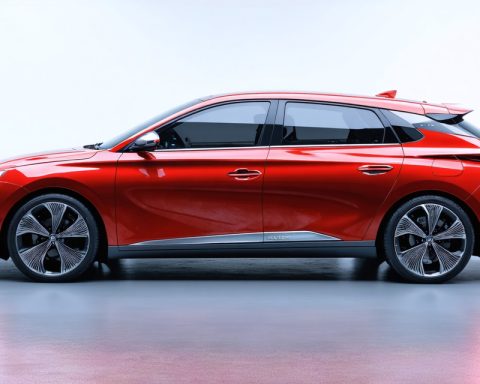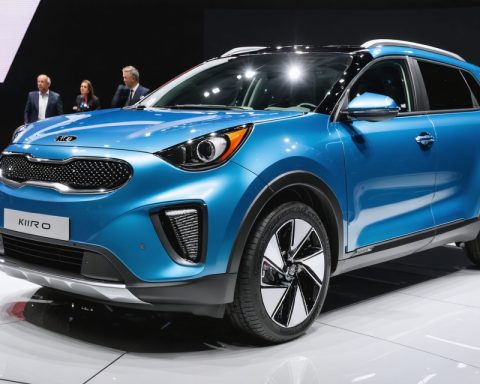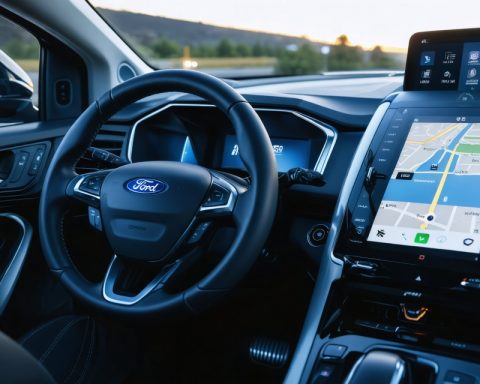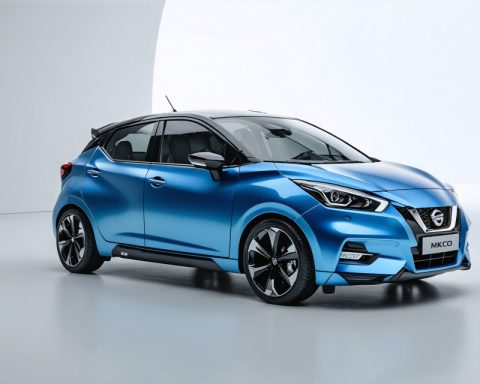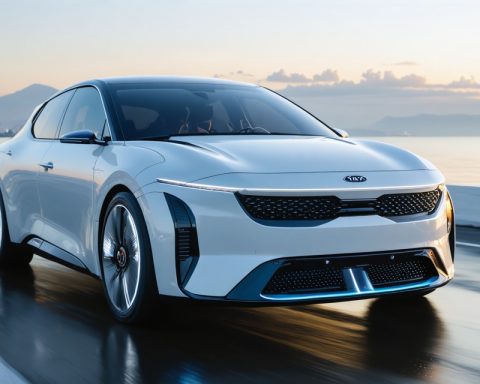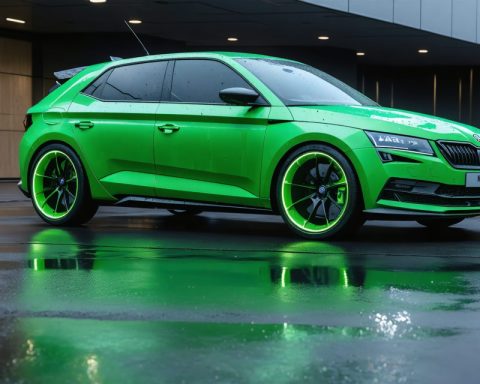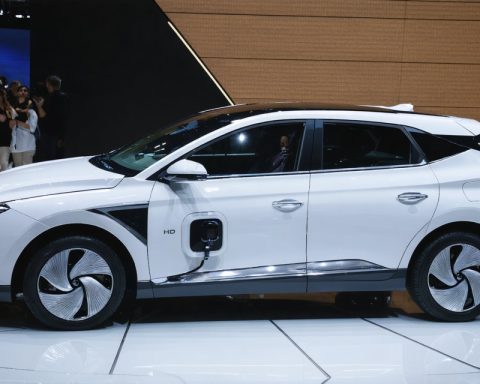- BYD’s new EVs promise 1,000 kW power, allowing a 250-mile charge in five minutes.
- Experts argue that charging times should align with natural pauses in daily routines rather than focus solely on speed.
- Most current EVs can charge substantially within 15-40 minutes, offering practical options for everyday use.
- Ultra-fast charging, like BYD’s, may have limited real-world application beyond niche scenarios, such as spontaneous road trips.
- Mercedes-Benz promotes a harmonious charging ecosystem with 400-kW stations at strategic locations, enhancing consumer convenience.
- The evolution of EVs emphasizes a balance between charging speed and lifestyle integration, ensuring an adaptable charging experience.
The world of electric vehicles (EVs) just received a high-voltage jolt with a groundbreaking announcement from Chinese automaker BYD. This automotive dynamo claims their next-generation EVs will harness an astonishing 1,000 kilowatts of power, allowing drivers to juice up 250 miles of range in a mere five minutes. Picture that—refueling your car as swiftly as grabbing a morning espresso.
While the news generates sparks of excitement, industry experts explain that faster doesn’t always mean better. Picture the typical gas station visit: a quick stop that extends beyond the gas pump as people grab coffee or scratch-off tickets, extending the actual time spent. With this in mind, Andrew Cornelia, CEO of Mercedes-Benz High-Power Charging, suggests that the emphasis should shift to making charging times fit natural pauses in our routines rather than offering lightning-fast solutions for every occasion.
Currently, most mainstream EVs can recover a sizeable amount of energy for a couple hundred miles in 15 to 40 minutes at DC fast-charging stations. According to Cornelia, five-minute charging might be a technological marvel but presents limited practicality. The key lies in optimizing charging times to align with everyday activities. Imagine plugging in while enjoying a two-hour movie or recharging during a leisurely coffee stop, embracing the flexibility that comes with EVs.
Mega-charging rates like BYD’s suggestive 1,000-kilowatt find little application in real life, unless you’re in a spontaneous car race on a cross-country road trip, quips Cornelia. Home garages rarely need such rapid rates when cars can idle, topping up over several hours. Even at quick-stop venues, matching the dwell time rather than maximizing speed can make more sense, allowing the EV narrative to blend seamlessly into the pace of daily life.
Mercedes-Benz High-Power Charging understands this harmony, deploying 400-kW stations for efficient yet serene battery replenishment at spots like Starbucks or control centers like Buc-ee’s. By aligning EV charging with downtime activities, they enhance the refueling experience without hardwiring time constraints into an otherwise flexible charging ecosystem.
The key takeaway revolves around embracing a smart charging strategy, where the energy transfer matches the pace of life. While the promise of five-minute charges titillates the tech-savvy community, the reality remains that EV charging is an evolving dance, balancing speed with convenience and never losing sight of the experiential aspects at charge points across the globe. Amid this electrifying tug-of-war, five-minute charging serves as a beacon of potential rather than an absolute necessity.
The future of EVs may not rely on the ability to charge in the blink of an eye but rather on integrating technology seamlessly with lifestyle—offering a charging experience that neither rushes nor delays but fits just right, much like a well-tailored suit or a perfectly brewed cup of coffee.
EV Charging Revolution: Beyond Speed – What You Need to Know
Understanding BYD’s Charging Revolution
BYD’s ambitious leap into the world of electric vehicles (EVs) with its claim of 1,000-kilowatt charging capabilities captures the imagination. With the ability to add 250 miles of range in just five minutes, this would radically change the conventional wisdom around EV charging times.
Real-World Use Cases
1. Road Trips and Daily Commutes: While the potential for ultra-fast charging is exciting, real-world applications may be more limited. For long cross-country drives, stops are often based on convenience rather than necessity, providing natural breaks for longer charges.
2. Urban Settings: In city settings, where daily driving distances are shorter, optimizing chargers to fit natural activities — like a lunch break — offers a more practical solution.
Industry Trends and Forecasts
1. Charging Infrastructure Growth: The demand for faster charging stations will likely encourage infrastructure expansion. The EV infrastructure market is expected to grow exponentially, with projections indicating that the number of fast-charging stations will increase significantly over the next decade.
2. Battery Technology Advancements: The push for faster charging will accelerate advancements in battery technologies, focusing on increased capacity and life cycle sustainability. By 2030, battery costs are expected to fall dramatically, making EVs more accessible across various market segments.
3. Regulatory Impact: Governments are expected to shape policies that favor sustainable technology advancements, providing incentives for infrastructure and research in new charging technologies, thus encouraging further adoption.
Controversies and Limitations
1. Battery Wear and Tear: Ultra-fast charging can potentially degrade battery life more rapidly. Continuous exposure to high charging speeds may reduce the overall lifespan of a battery, emphasizing the need for technological improvements to mitigate these effects.
2. Energy Consumption Considerations: The environmental impact of higher power consumption rates and the stress on power grids is another point of debate. Efficient energy management systems will need to be developed to handle the demand.
Pros and Cons Overview
Pros:
– Rapid recharging drastically reduces downtime.
– Encourages more widespread EV adoption.
– Supports varied driving habits and emergency needs.
Cons:
– Potential accelerated battery degradation.
– High energy consumption and infrastructure stress.
– Limited necessity for such high speeds in most current usage patterns.
Actionable Tips for EV Owners
1. Plan Charging Around Daily Activities: Utilize charging times to complement your routine – plug in during activities like grocery shopping or a fitness class.
2. Balance Speed and Battery Health: Use ultra-fast charging sparingly to preserve battery life, opting for standard charging when possible.
3. Stay Informed About Infrastructure Developments: Keep an eye on the growth of fast-charging stations in your area to optimize your charging strategy.
4. Embrace Software Solutions: Take advantage of EV apps that help you plan charging stops around available infrastructure efficiently.
Final Thoughts
While the excitement surrounding five-minute charging is warranted, the present reality of EV charging focuses more on integration with our lifestyles than raw speed. The key will be balancing technology, infrastructure, and daily user needs to create an efficient, enjoyable charging ecosystem.
As the future unfolds, sustainable and practical solutions in the electric vehicle charging space promise to revolutionize how we think about refueling cars. For more on advancements in EV technology, visit Tesla or BYD.

